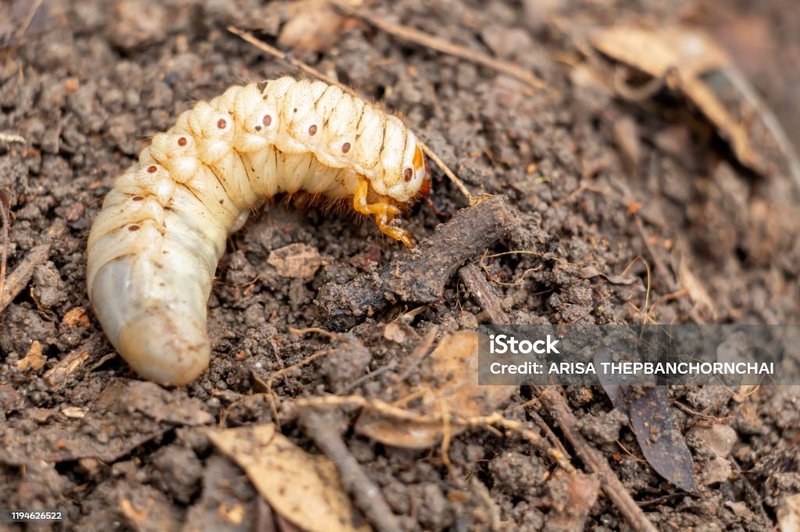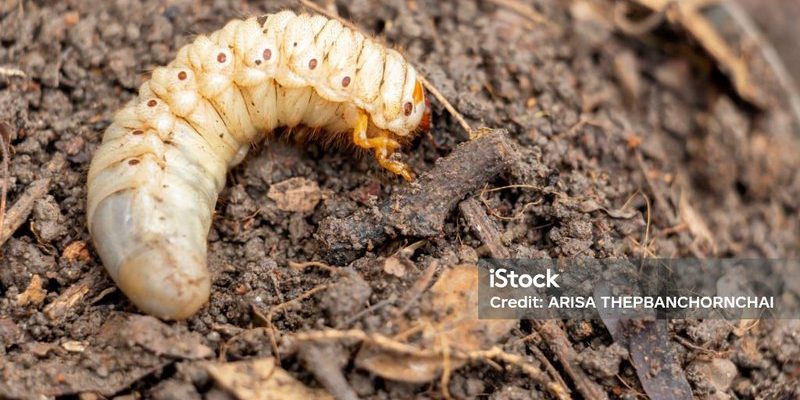
So, can grub worms actually be farmed for animal feed? Yes, they can! But it’s not as straightforward as planting corn or raising chickens. It involves understanding their life cycle, nutritional benefits, and the overall farming process. Let’s dive into this fascinating topic and explore how grub worms can fit into the future of animal feed.
What Are Grub Worms?
Grub worms, or more precisely, black soldier fly larvae, are the larvae of the black soldier fly (BSF). They’re not just any ordinary worm; these little guys have a robust appetite and can munch through various organic waste materials. Think of them as nature’s recycling champions.
These larvae grow quickly, often reaching their mature size in just a few weeks. That means if you’re planning to farm them, you won’t be waiting around for months like you would with traditional livestock. The life cycle of a black soldier fly begins with eggs, which hatch into larvae that grow in nutrient-rich environments, like compost or food waste. After a short time, they pupate and later emerge as adult flies ready to lay more eggs.
Farming grub worms is a unique way to manage waste while producing high-protein feed. So whether you’re raising chickens, pigs, or fish, these little wrigglers can pack a nutritional punch!
The Nutritional Benefits of Grub Worms
You might be wondering just how nutritious grub worms are. The truth? They are pretty impressive! Grub worms are packed with protein, fat, vitamins, and minerals, making them an excellent addition to animal diets. For example, they contain around 40-50% protein, which is comparable to traditional animal feeds, like fish meal or soybeans.
Their nutrient profile includes:
- High Protein Content: Essential for growth and development in animals.
- Healthy Fats: Provide energy and are beneficial for overall health.
- Vitamins and Minerals: Such as calcium and phosphorus, necessary for strong bones and general well-being.
This balance of nutrients not only supports the health of the animals consuming them but can also lead to better growth rates and weight gain. It’s like giving your livestock a superfood!
How to Farm Grub Worms
Getting started with farming grub worms is more straightforward than you might think. Here’s a quick overview of the steps involved:
1. Set Up a Habitat: You’ll need a proper environment for your larvae. This typically involves bins filled with organic waste (like food scraps) for the larvae to feed on.
2. Source Eggs or Larvae: You can buy black soldier fly eggs online or obtain larvae from a local source.
3. Maintain Temperature: BSF larvae thrive in warm conditions, ideally between 75°F and 85°F (24°C to 29°C).
4. Harvesting: After about 14-21 days, the larvae will be ready for harvest. Simply separate them from their food source and prepare them for feeding to your animals.
Honestly, once you get the hang of the routine, you might find it quite rewarding. Plus, by using organic waste, you’re also helping to reduce landfill loads!
Comparing Grub Worms to Traditional Animal Feed
Now that we understand what grub worms are and how to farm them, let’s compare them to traditional animal feed options. With concerns over sustainability and environmental impacts, many farmers are looking for alternatives to soy and corn, which are often linked to deforestation and excessive land use.
When comparing grub worms to traditional feeds, consider these points:
- Environmental Impact: Grub worms can process organic waste that would otherwise go to landfills, reducing your carbon footprint.
- Resource Efficiency: They can convert feedstock into protein more efficiently than livestock, meaning less land and water are needed.
- Cost-Effective: Once established, grub farms can be relatively low-maintenance and inexpensive to run.
In many situations, grub worms can outperform traditional feeds in both sustainability and efficiency. This shift not only benefits farmers economically but also impacts our planet positively.
Common Concerns About Farming Grub Worms
Like any farming venture, there are common concerns that come with raising grub worms. Here are a few that new farmers might face:
1. Odor Control: If not managed properly, organic waste can produce unpleasant smells. However, by maintaining cleanliness and proper aeration, you can minimize odors.
2. Pest Management: Keeping pests at bay is crucial. Ensure that your bins are sealed and protected from unwanted visitors.
3. Market Demand: Depending on where you live, the market for grub worms as animal feed might be underdeveloped. It’s essential to research the demand in your area.
4. Regulatory Compliance: Depending on your region, there might be regulations concerning insect farming for feed. Always check local guidelines before starting your operation.
Being aware of these issues can help you prepare for any challenges. Plus, there’s a community of insect farmers out there who can share their tips and experiences!
The Future of Grub Worm Farming
As we look forward, the interest in farming grub worms is likely to grow. With increasing global populations and pressures on food systems, finding sustainable and nutritious sources of animal feed is more crucial than ever. Grub worms offer a promising solution that could help meet these needs.
Research is ongoing into improving their farming and processing techniques, making it easier for farmers to adopt this practice. As technology advances and more people become aware of the benefits, we might see grub worms becoming a staple in animal feed production.
In essence, the future of grub worm farming is bright. It’s a creative solution to modern challenges, and who knows? It might just become as common as other forms of animal feed in the years to come.
In summary, farming grub worms for animal feed isn’t just a quirky idea—it’s a real, actionable step toward creating a sustainable food system. As we continue to explore innovative solutions in agriculture, these little critters might just lead the way!

